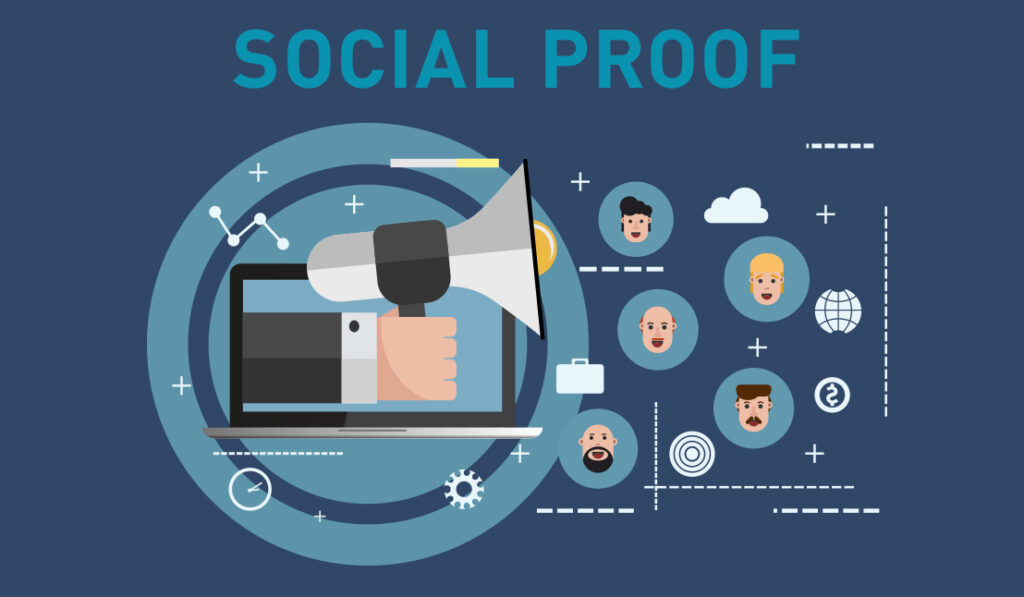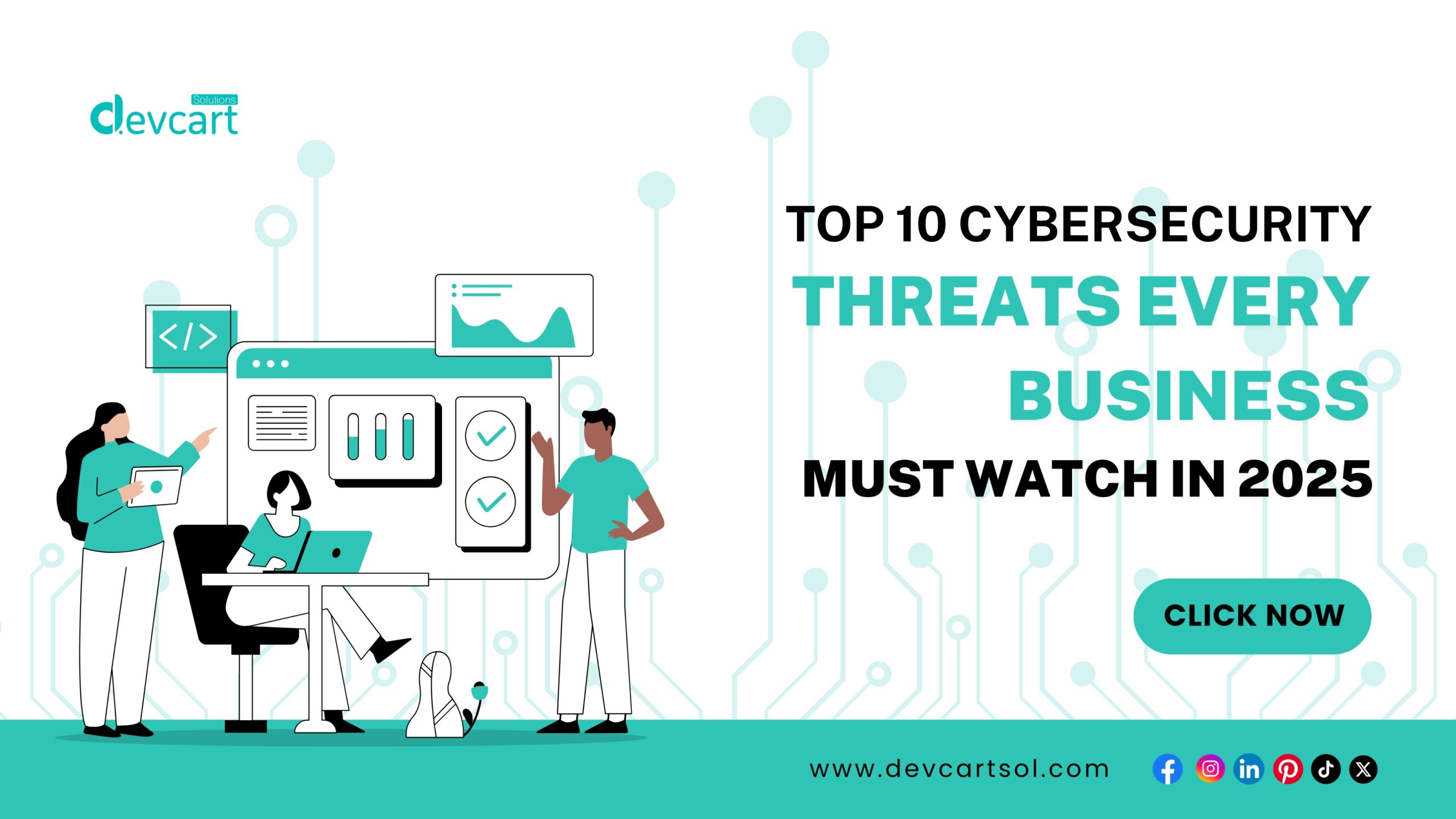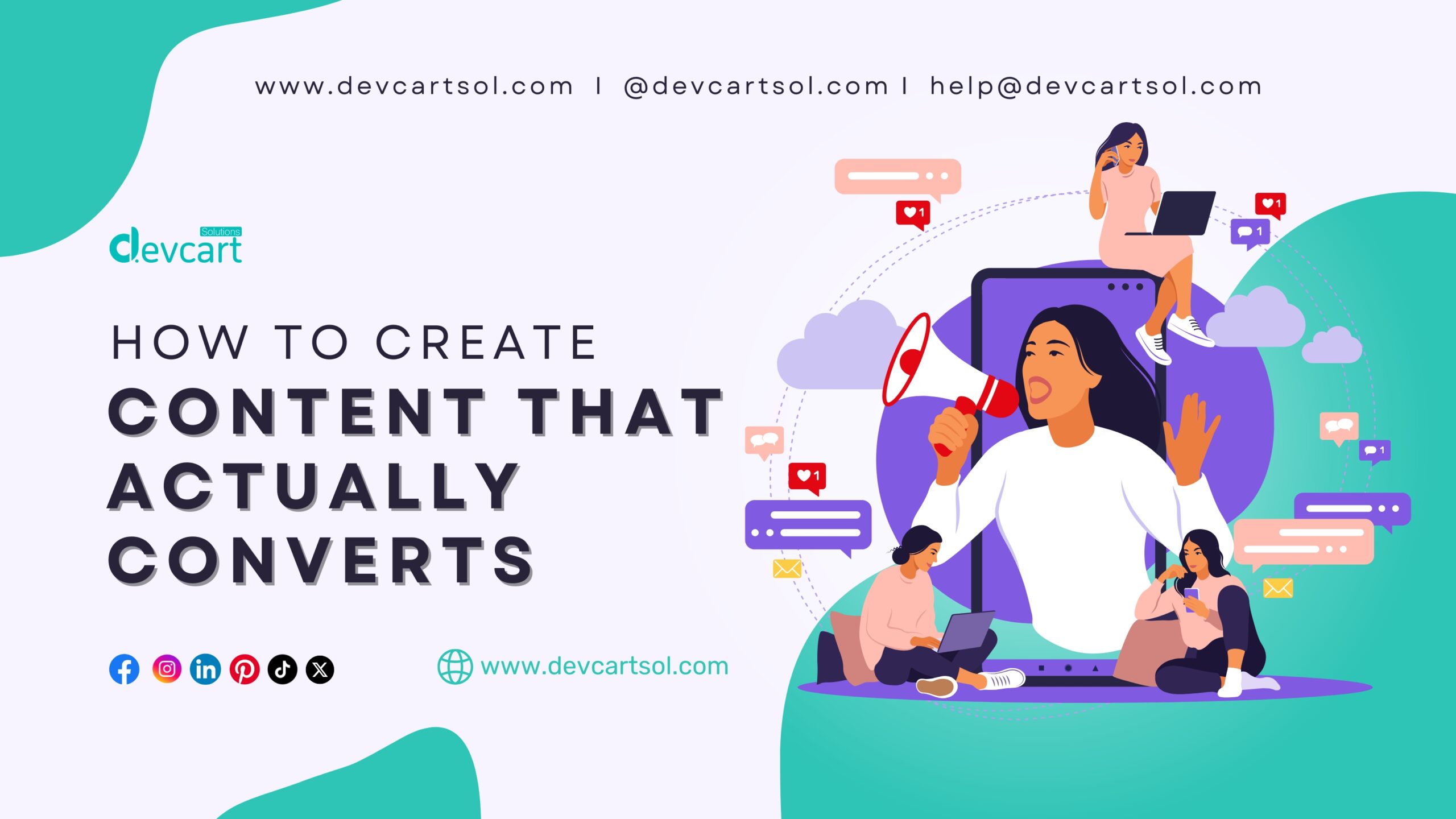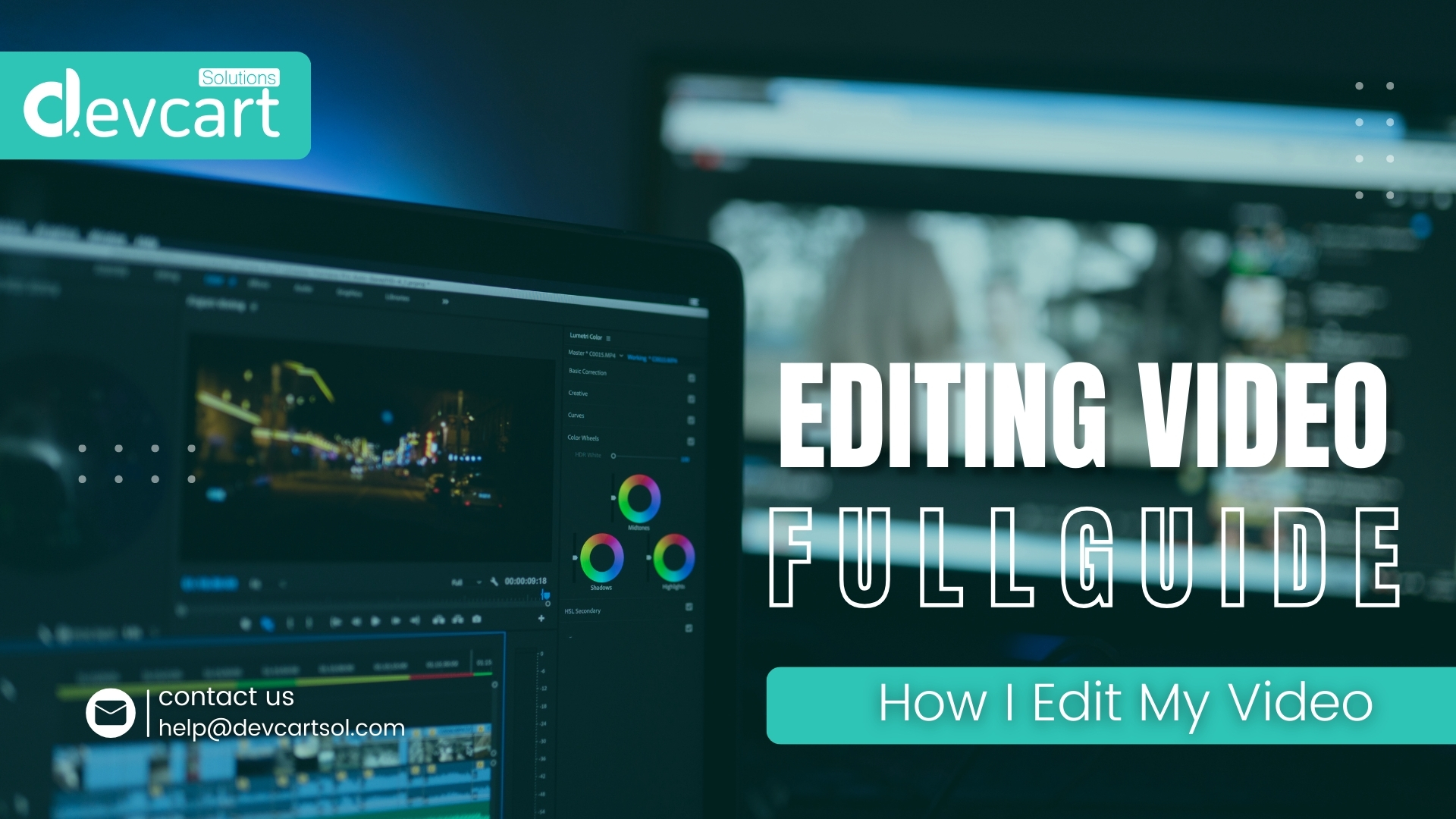Creating content is easy — but creating content that actually converts into leads, sales, or sign-ups? That’s where the real challenge begins.
Too many businesses pump out blogs, videos, and social media posts without a clear strategy. The result? Content that looks nice but doesn’t drive action. If you’re spending time creating content, it should work for your business, not just fill up your calendar.
In this blog, we’ll explore how to create high-performing content that turns visitors into customers.
1. Know Your Audience Inside and Out
You can’t convert readers if you don’t know who they are.
Before writing a single word, ask yourself:
- What are their pain points?
- What questions are they asking?
- What stage of the buyer’s journey are they in?
Use audience research tools, customer interviews, analytics, or even Reddit threads to understand your target market’s mindset and language.
👉 Pro Tip: Build audience personas to guide your content tone, format, and calls to action.

2. Set Clear Goals for Every Piece of Content
What do you want the content to do?
- Generate leads?
- Drive sales?
- Grow email subscribers?
- Educate your audience?
A blog that informs readers about a product’s benefits will look very different than one aiming to collect email sign-ups. Your goal should shape the structure, messaging, and CTA.
3. Craft Magnetic Headlines
The headline is your first — and often only — chance to hook the reader. If it’s boring or vague, they won’t even click.
✅ Use emotional triggers
✅ Ask questions
✅ Offer value (e.g., “How to Get 10x More Leads From Your Landing Page”)
✅ Test multiple versions to see what gets the best results
4. Focus on Solving Problems, Not Selling
The best converting content doesn’t pitch — it solves problems.
Show your audience how your product, service, or expertise solves a specific pain point. Educate them first, and then guide them to your solution.
Example:
Instead of “Why Our Tool is the Best,” write “How to Save 5 Hours a Week With This Simple Automation Tool.”
5. Use Clear and Compelling CTAs
Your content should lead the reader somewhere — so don’t leave them hanging.
Whether it’s:
- “Download the guide”
- “Start your free trial”
- “Schedule a consultation”
- “Buy now and save 20%”
Your call to action (CTA) must be visible, relevant, and enticing. Place it strategically within the content — not just at the end.
6. Leverage Storytelling
Stories are powerful. They engage emotions, build trust, and make your message stick.
✅ Share customer success stories
✅ Talk about your journey
✅ Use real-life scenarios to explain complex topics
A good story makes the content relatable — and that’s what drives action.

7. Use Visuals That Support Your Message
Infographics, screenshots, videos, charts — these aren’t just for decoration. They enhance understanding, break up long text, and increase engagement.
Always use visuals that add clarity or emotional impact to your message.
8. Optimize for SEO Without Sacrificing Quality
If people can’t find your content, it won’t convert. Use SEO best practices:
- Keyword-rich titles and headers
- Internal and external links
- Meta descriptions and alt text
- Fast-loading pages and mobile responsiveness
But remember: content must first be written for humans, not just search engines.
9. Include Social Proof
Adding testimonials, reviews, client logos, or data points builds credibility and lowers buyer hesitation.
Example:
“After using our solution, [Client Name] increased their leads by 47% in just 3 months.”
Social proof turns skepticism into trust — and trust drives conversions.

10. Track, Test, and Improve
You can’t improve what you don’t measure.
Use tools like:
- Google Analytics
- Hotjar or Crazy Egg
- A/B testing platforms
- Conversion tracking in email or ad tools
Track metrics like time on page, bounce rate, scroll depth, and CTA clicks to see what’s working — and what’s not. Then test new formats, CTAs, and headlines to optimize your results.
Final Thoughts
Creating content that converts takes more than good writing — it takes strategy, empathy, and ongoing testing. When you understand your audience, solve their problems, and guide them with purpose, your content becomes more than marketing — it becomes a powerful sales engine.
So next time you hit “publish,” ask yourself:
Is this content just informative… or is it persuasive and actionable too?















